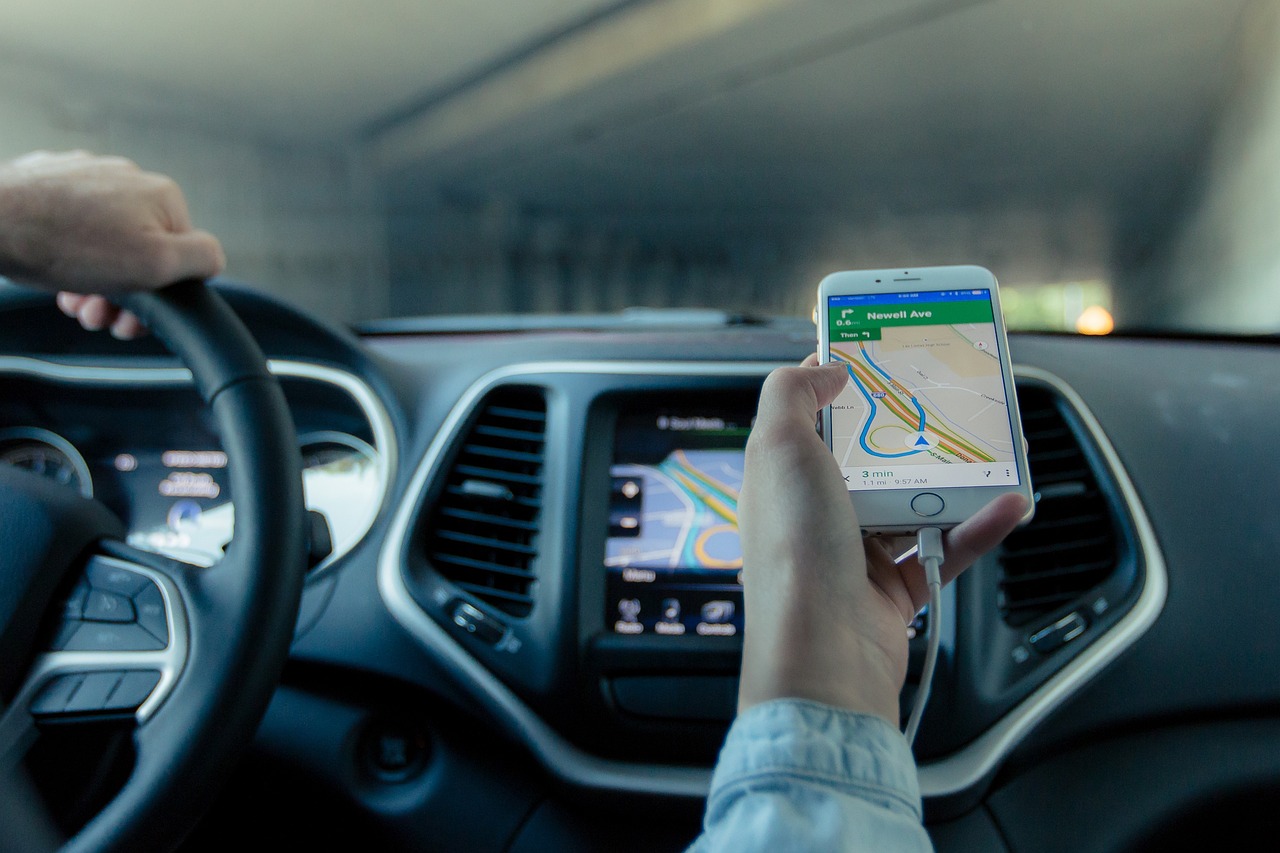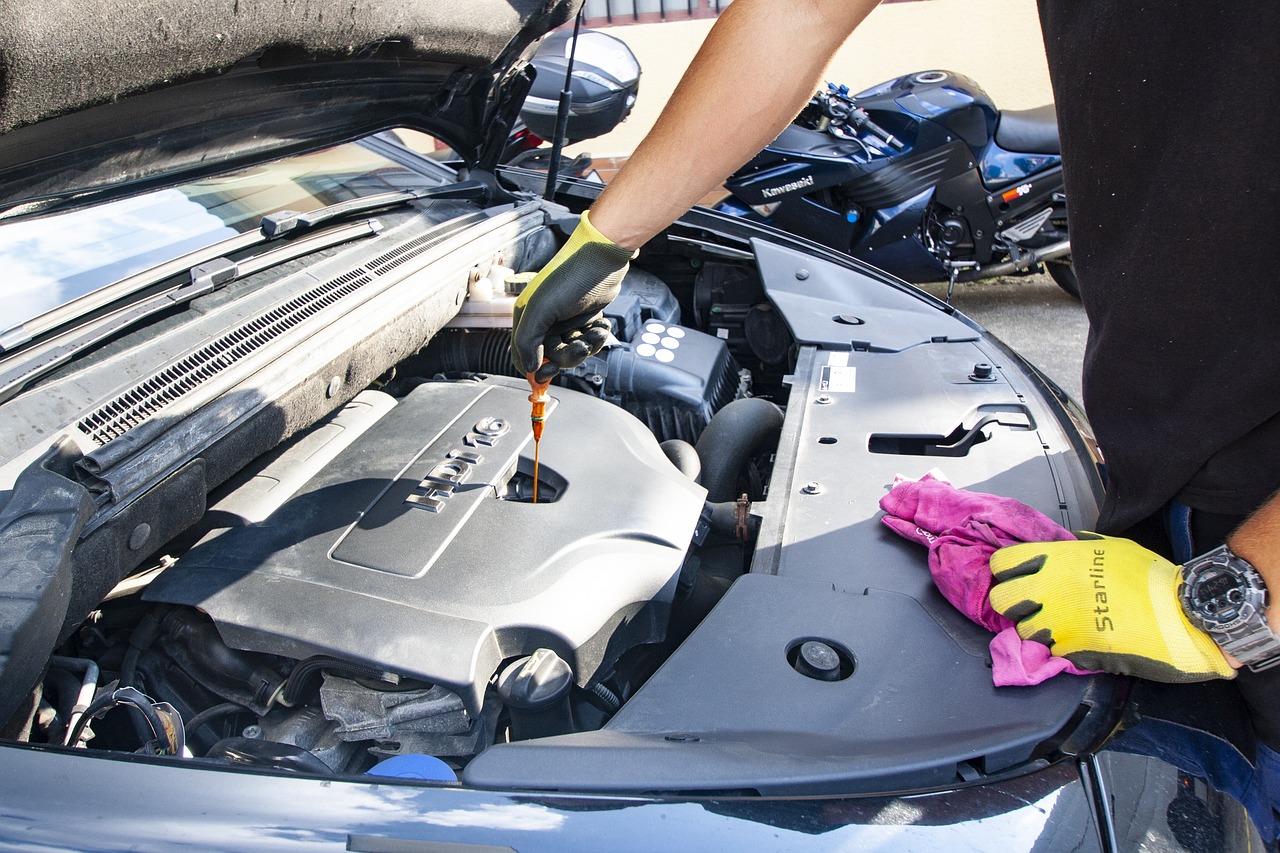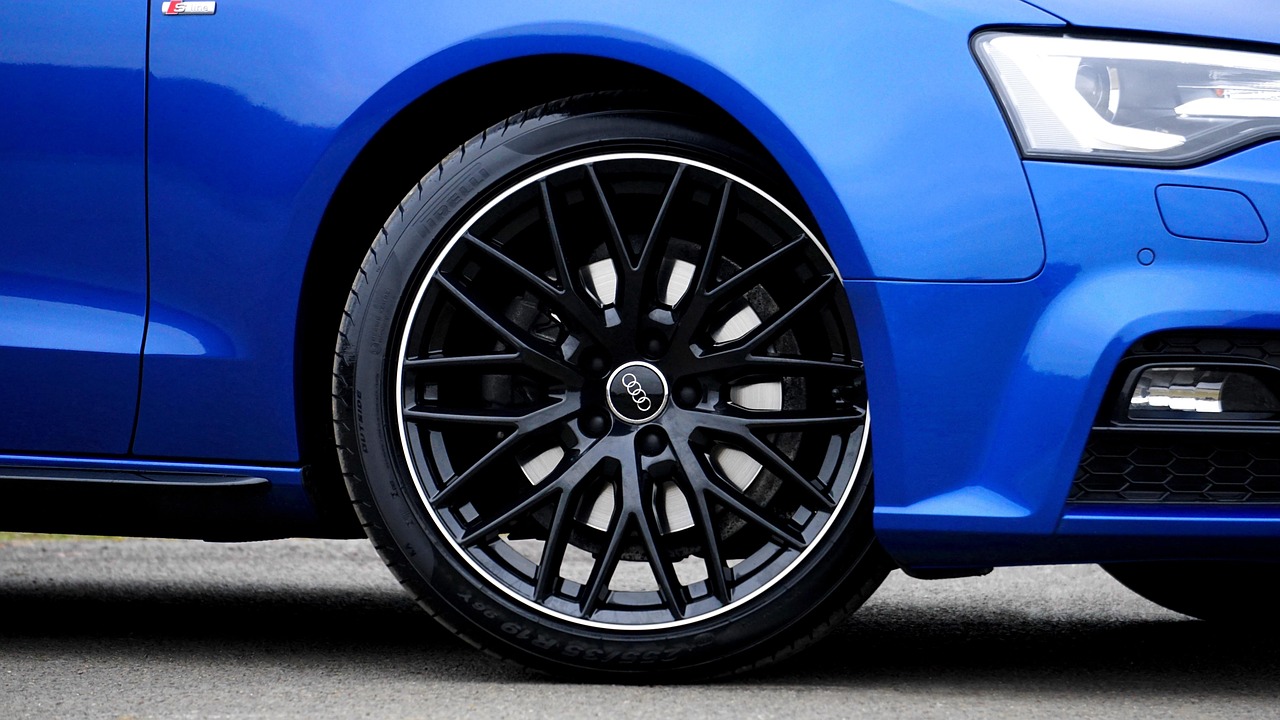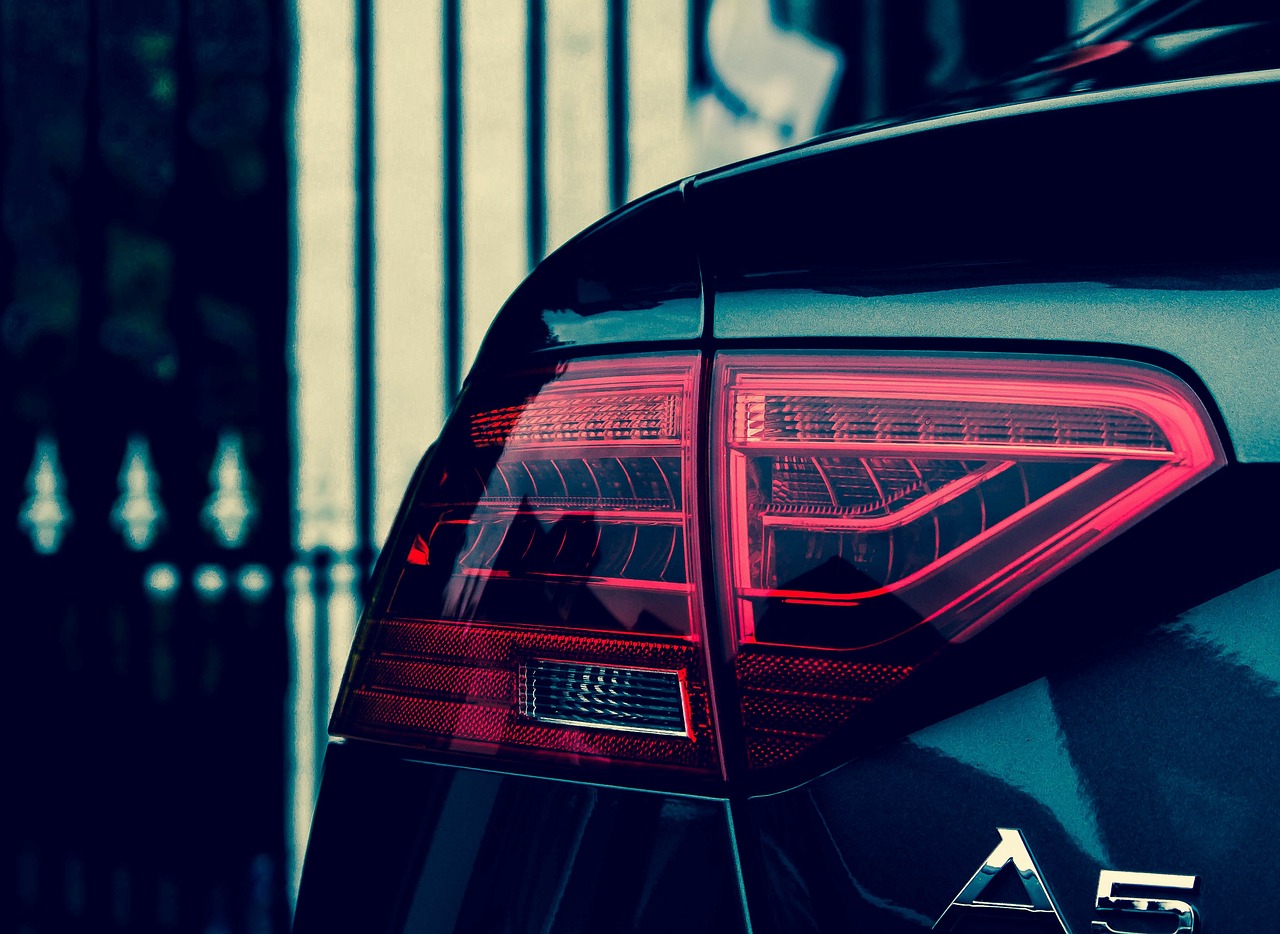Installing a dash cam in an Audi A5 Cabriolet might seem like a daunting task, but with the right tools and a little patience, it’s a surprisingly straightforward process. Whether you’re looking to improve security, capture scenic drives, or gather evidence in case of an accident, a dash cam is a smart investment. Let’s dive into the steps to get it done properly while keeping your car’s sleek aesthetic intact.
What You’ll Need
Before rolling up your sleeves, make sure you have the right equipment:
- A reliable dash cam (dual-channel if you want rear coverage)
- A hardwiring kit or 12V cigarette lighter adapter
- A trim removal tool (to avoid damaging panels)
- A fuse tap (if hardwiring)
- A multimeter (to identify the right fuse)
- Cable clips or zip ties for a neat installation
With all your gear ready, it’s time to get started.
Choosing the Right Position for Your Dash Cam
Placement is key. Audi’s Advanced Driver Assistance Systems (ADAS) rely on sensors near the rearview mirror, so mounting the dash cam without blocking these is crucial. For the best blend of function and discretion:
- Install it just beneath the rearview mirror, slightly offset to the passenger side.
- Ensure the lens has a clear, unobstructed view of the road.
- Avoid placing it where it might distract you.
Once you’ve found the perfect spot, clean the windshield surface to ensure the adhesive mount sticks securely.
Wiring: Going the Clean Route
While using the 12V cigarette lighter socket is the quickest method, a hardwired installation keeps cables hidden and frees up your power outlets.
Step 1: Routing the Cable
Using a trim removal tool, gently tuck the power cable under the headliner. The Audi A5 Cabriolet’s frameless windows make cable management easier compared to sedans, but the open-top design means extra care is needed to ensure a secure fit.
- Run the cable from the dash cam toward the passenger-side A-pillar.
- Carefully pry back the pillar trim to guide the wire behind it.
- Continue routing the cable down toward the fuse box.
Be mindful of the airbags. Avoid placing the cable where it could interfere with their deployment.
Step 2: Choosing the Right Fuse
The fuse box in an Audi A5 Cabriolet is usually located beneath the dashboard on the passenger side. You’ll need a multimeter to find a fuse that only powers on with the ignition (ACC fuse). A fuse tap makes the process seamless.
Once you identify the correct fuse:
- Insert the fuse tap into the slot.
- Connect the dash cam’s power adapter to the fuse tap.
- Ground the setup using a metal bolt on the chassis.
Step 3: Testing the Setup
Before tidying up, turn the ignition on to check if the dash cam powers up and records correctly. If it doesn’t, double-check the fuse connection and grounding point.
Dealing with the Rear Camera
If your dash cam has a rear module, routing the cable through a cabriolet presents unique challenges since there’s no fixed rear windshield.
To install the rear camera:
- Mount it near the third brake light or on the rear deck, depending on visibility.
- Route the cable along the side panels, tucking it beneath the soft-top trim.
- Secure it to prevent interference when the roof opens and closes.
Keeping It Neat
Loose cables can be an eyesore and a nuisance. Use cable clips or zip ties to secure excess wiring and prevent rattling. Ensuring everything stays tucked away enhances both aesthetics and functionality.
Final Thoughts
Installing a dash cam in an Audi A5 Cabriolet isn’t just about plugging in a camera. It’s about integrating it seamlessly into the vehicle’s design without interfering with its unique convertible functionality. With a bit of patience, the right tools, and careful planning, you’ll end up with a discreet, professional-looking setup that offers peace of mind on the road.
If you’ve installed a dash cam in your Audi convertible, share your experience! What challenges did you face? Any tips that made the process easier? Drop your thoughts in the comments below. You might just help the next Audi owner tackle their install with confidence.






